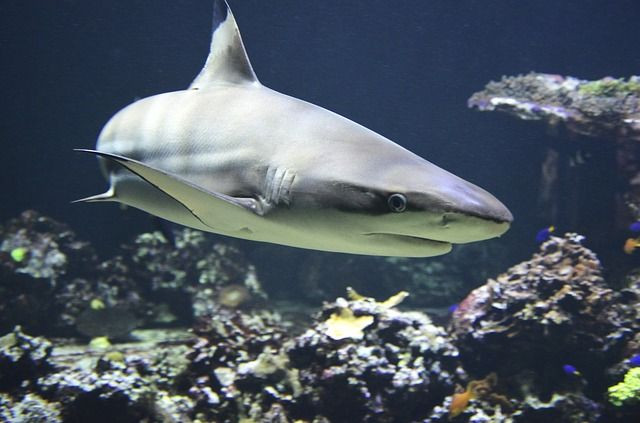22 Sharks Spotted Off Queensland Coast Sparks Concern For Tourist Safety

There is a growing concern for tourists after 22 sharks were caught near a hot spot on the Queensland coast over six weeks.
One of the sharks caught was a 3.85-meter tiger shark outside the Great Barrier Reef Marine Park.
The event has raised some questions about the safety of tourists and swimmers. Tiger Sharks are some of the most aggressive species; after all, such a find near areas of recreation can be worrisome.
Conflicts with people are also increasing as a man escaped with minor injuries when a shark struck him during an evening swim on the Queensland coast this past the weekend.
The man had been snorkeling 13 kilometers east of Bundaberg when the attack occurred. The paramedics at the scene treated the swimmer for bruises he got on his chest and abdomen. He also had cuts on one of his feet.
It is not yet known though what caused the lacerations as the reports claim the shark struck him, but it did not bite.
Apparently, he made his way back home and then drove to the Bundaberg Base Hospital with his partner.
It is not the only incident that occurred in recent times in the same waters. Last month, a British tourist had his foot bitten off by a shark while swimming with a friend around the Hook Passage area.
They had been on a Whitsundays ZigZag Whitsundays boat tour, and they were allegedly play-fighting while in the water. A shark saw the disturbed water and perceived it to be someone in distress, triggering its predatory instincts.
The sharks prefer to catch and eat seals and injured whales; however, the proximity of people also provides an opportunity for them to feed.
It bit one of the men before circling and returning to bite the other one. The passengers applied first aid as the boat raced back to the beach so that a helicopter rescue crew could take the pair.
The attacks have come after the government removed 160 drum lines from the commonwealth marine park in September.
It also came after the courts maintained the administrative Appeal’s Tribunal decision, which required Queensland to abide by the catch and release program.
The state government previously had a catch and kill program, but now that it is no longer allowed, the increasing number of large sharks caught along with the rising shark attacks are not making things easier for residents.





















